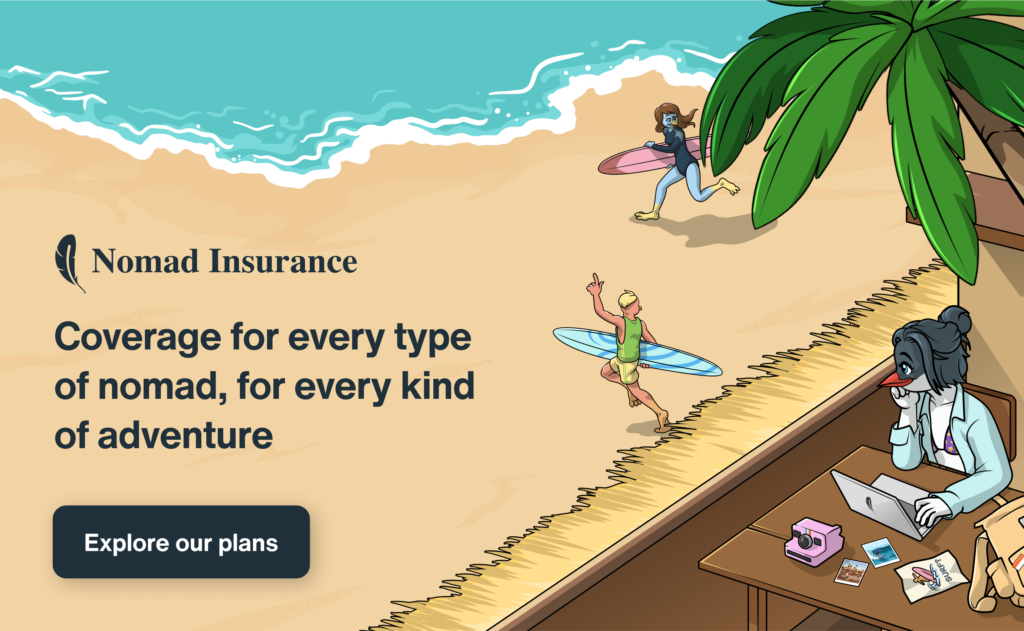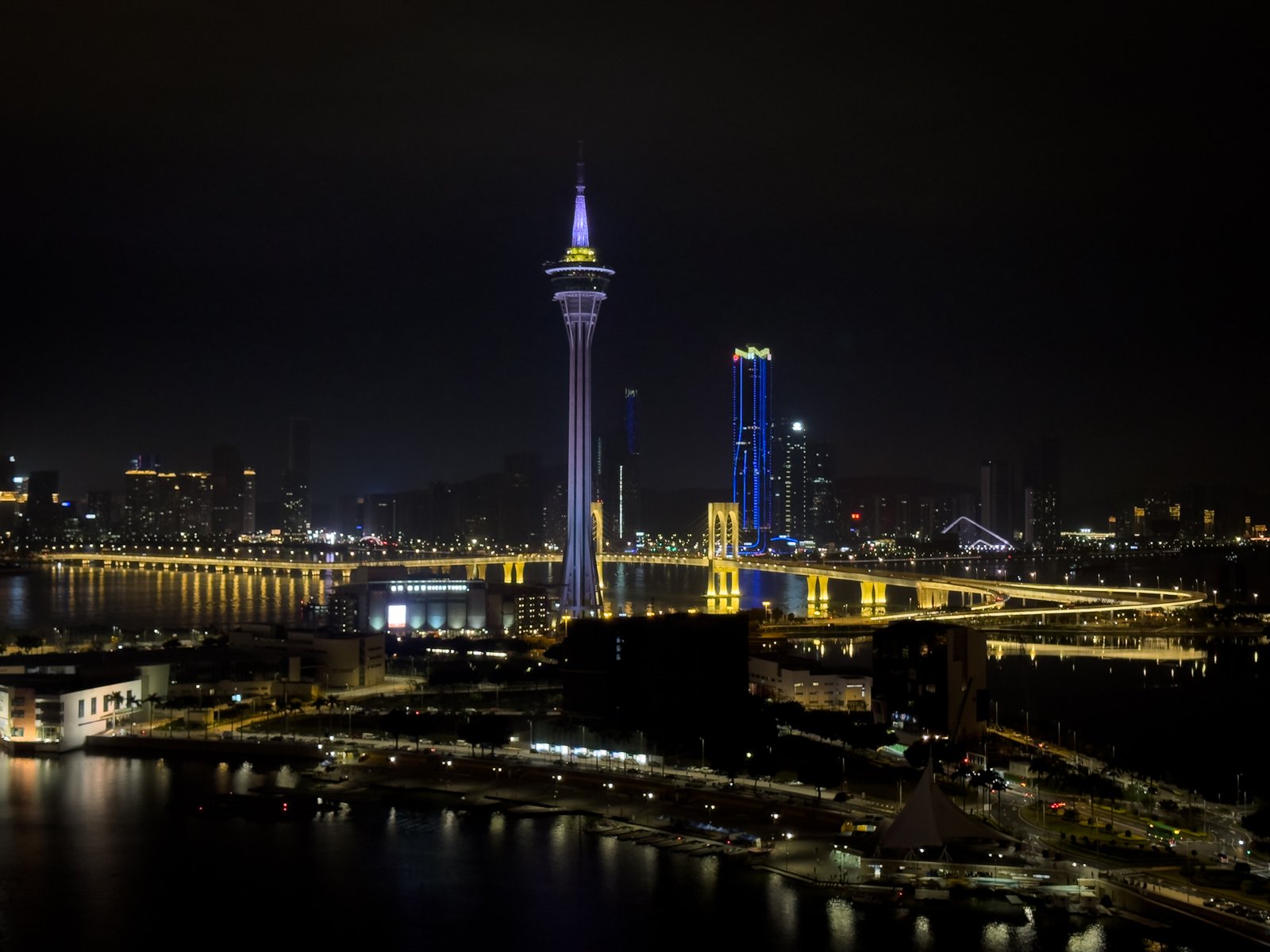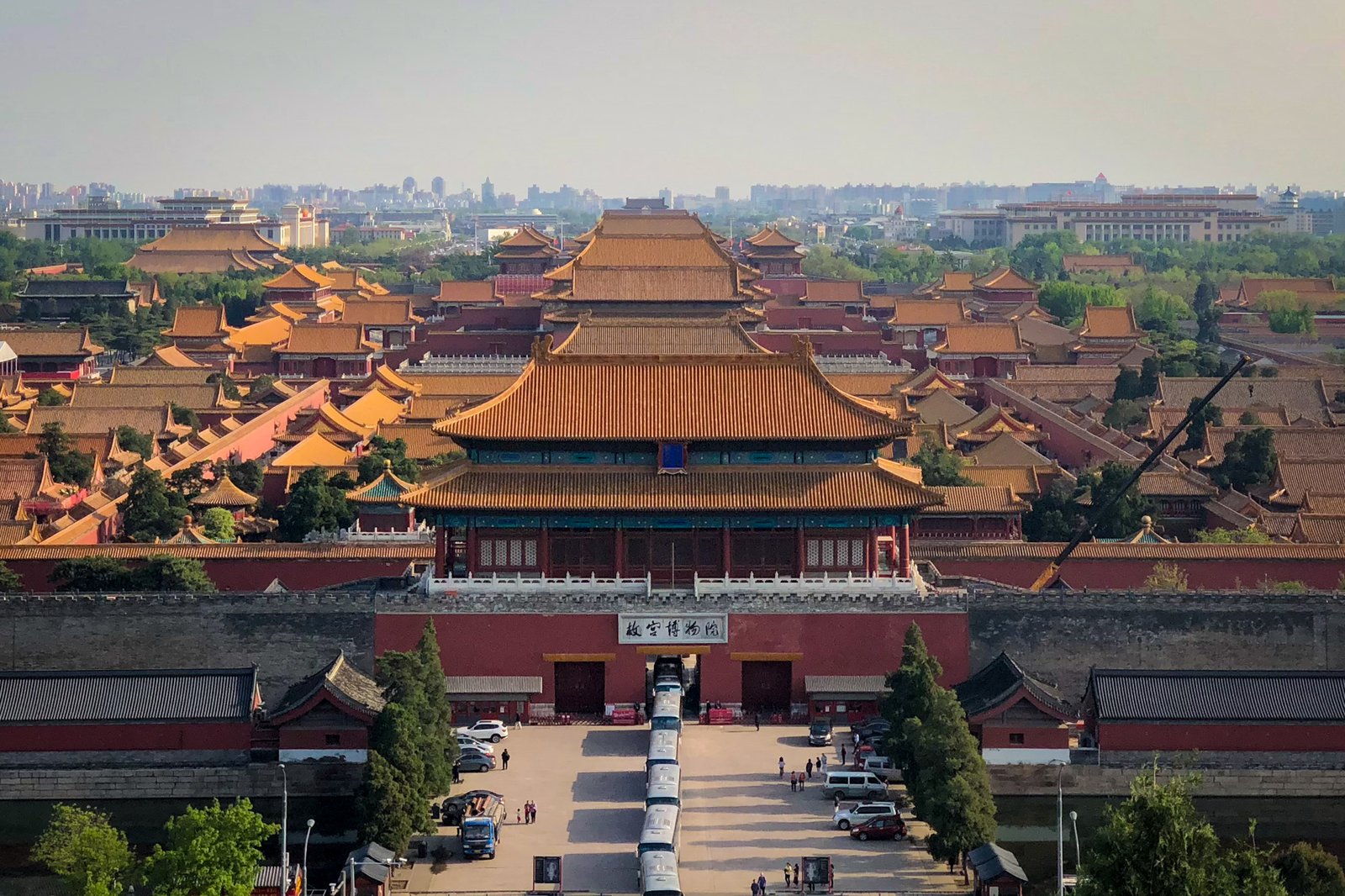China wasn’t in our plans for this second trip around the world. But with changes to the visa-exempt country list, it became impossible to ignore the opportunity to create a China itinerary. So between Thailand and Taiwan, we squeezed in 14 days in China with a strategic stop in Macau and Hong Kong.
Ever since our first visit and China itinerary covering Beijing, Shanghai, and Suzhou, this country has fascinated us. The vibrant culture, incredible cuisine, and blend of tradition with modernity make it an irresistible destination. This time, we wanted to explore places less visited by Western tourists – and it was the best decision we could have made. Our 14-day China itinerary was intense, full of adventure, discoveries, and contrasts in a country that continues to surprise us with every visit.
Table of Contents
14-Day China Itinerary
Days 1-4: Chengdu – The City of Pandas and Spicy Food
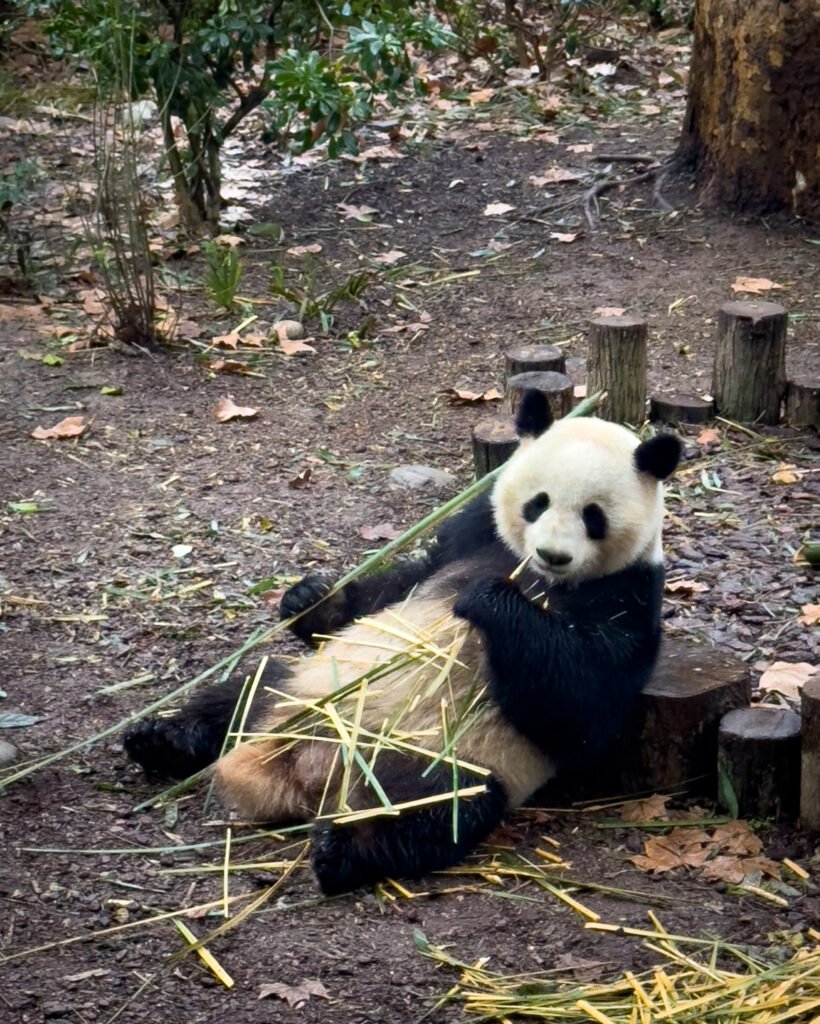

We arrived in Chengdu at Tianfu Airport to begin our China itinerary and took the metro to the city. Here, Alipay is essential for paying for nearly everything, including transportation. You can install it before arrival, add a card (preferably without international fees), and new options become available in the app as soon as you land. Even metro passes are free in the app.
What to Do in Chengdu
While Chengdu is famous for pandas, the city offers much more than visiting the Panda Research Base. We spent four days here and found no shortage of things to see and do.
- Sichuan Opera Show – A unique experience showcasing regional opera and culture.
- Explore Pedestrian Streets – Chengdu is full of charming alleys with traditional shops and unique architecture.
- Discover City Parks – Both People’s Park and Jingzhongmen Park reveal how locals truly enjoy their green spaces.
Days 5-7: Chongqing – The Mountain-Suspended Metropolis


We took the high-speed train from Chengdu to Chongqing – about 300 km in just over an hour. Train stations are typically outside city centers, so choose the most convenient one. Both Chengdu and Chongqing have efficient metro systems, and the Gaode Map app helps plan routes.
What to Do in Chongqing
Chongqing is called the “8D City” because it’s built on cliffs and mountains. At night, the lights and fog create an incredible cyberpunk atmosphere.
- Hongya Cave – A mix of futuristic skyscrapers and traditional Chinese architecture.
- 1949 Chongqing Show – An immersive performance telling the city’s story with rotating stage and audience.
- Yangtze River Cable Car – Breathtaking views of the city suspended above the waters.
Days 8-9: Guilin – Gateway to China’s Most Beautiful Landscapes


We continued our China itinerary with a four-hour high-speed train ride from Chongqing to Guilin. Most people use Guilin just as a transit point, but we spent two days here and it was worth it.
What to Do in Guilin
Guilin is calmer than Chengdu and Chongqing but has unforgettable spots:
- Sun and Moon Pagodas – Magical scenery at sunset.
- Elephant Trunk Hill – One of the city’s most iconic rock formations.
Days 10-11: Xingping – The Essence of the Li River


We traveled from Guilin to Xingping by train to Yangshuo and then took Didi (Chinese Uber). Most people do the opposite (stay in Yangshuo and visit Xingping as a day trip), but we chose to sleep here to avoid crowds.
What to Do in Xingping
Xingping is a reconstructed village with charming streets and incredible landscapes:
- Li River Boat Tours – To see the famous karst peaks up close.
- Laozhai Mountain Sunset – A challenging climb but the view is worth it.
- Cozy Cafés – Xingping has several peaceful spots to relax.
Days 12-14: Guangzhou – China’s Modern Side


We arrived in Guangzhou by train after a short Didi ride to Yangshuo station. It took about three hours to reach the city, and the metro took us directly to our accommodation area as soon as we left the station.
What to Do in Guangzhou
Guangzhou is enormous and has a bit of everything – impressive skyscrapers, historic neighborhoods, and a vibrant cultural scene. If you’re looking for China’s modern side, this city won’t disappoint.
Highlights include:
- Canton Tower – Comes alive at night with a light show.
- Beijing Road – One of the city’s liveliest pedestrian streets, full of shops and markets.
- Tianhe District – Where the future seems to have already arrived, with futuristic malls and cutting-edge architecture.
China Travel Tips
Traveling in China might seem challenging, but it’s actually one of the most organized and safest countries to explore. Here are some essential tips to make the most of your China itinerary.
Safety
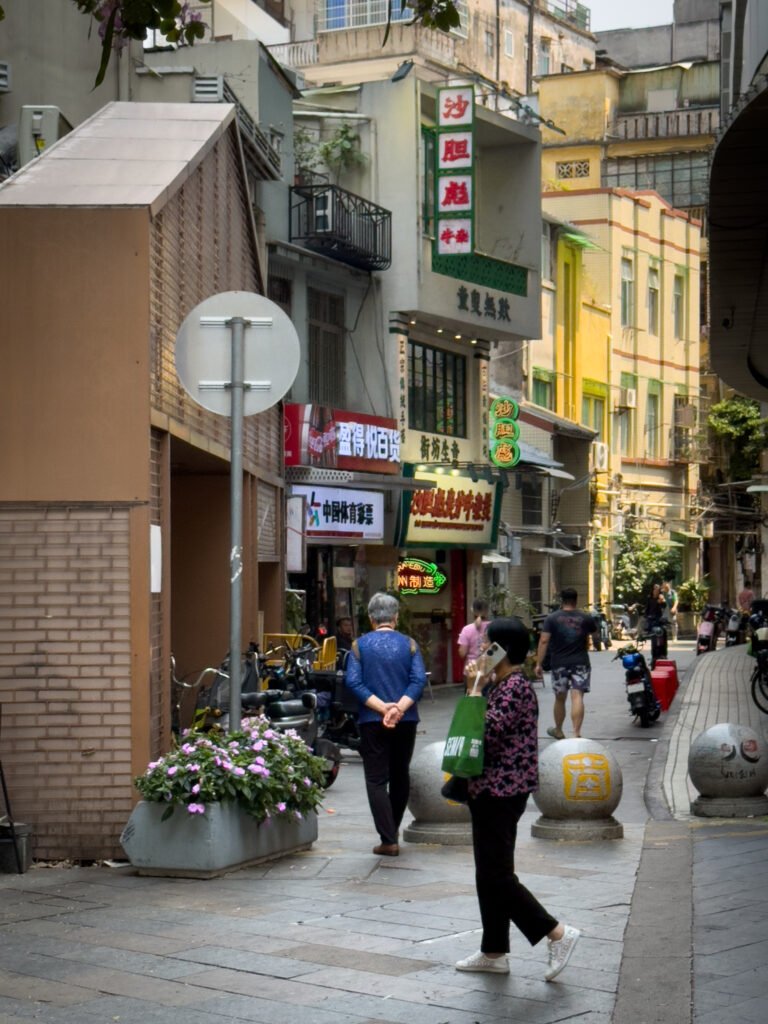

- China is one of the safest countries in the world for tourists. We never felt unsafe, day or night.
- The streets are full of surveillance cameras – we’re talking thousands, not just a few. Some may see this as control, we call it peace of mind.
- As anywhere, use common sense and keep your belongings close in crowded areas.
Payments: Forget Cash
- Almost no one uses physical cash. Alipay is the most practical solution for tourists – just link a credit card (preferably without foreign transaction fees).
- Beyond payments, Alipay has mini-apps for ordering food, buying tickets, or calling transportation.
- WeChat is also essential, mainly for attraction ticket purchases.
- Everything works via QR codes – from payments to restaurant menus.
Internet Without Complications
- China blocks many Western apps like Google, WhatsApp, Instagram and Facebook.
- A Holafly eSIM solves this without needing VPNs. It works perfectly and allows access to Google Translate, maps and other essential services.
Travel Insurance: Don’t Risk It
- China’s healthcare system can be expensive for foreigners. Insurance like Heymondo guarantees medical assistance without headaches.
- In emergencies, contact your insurer before going to a hospital – this avoids unexpected expenses.
Communication: When English Doesn’t Help
- English isn’t widely spoken, but Chinese people are used to using translation apps to communicate with foreigners.
- Google Translate and Papago are essential – use the camera function to translate menus and signs.
Trains: Book in Advance
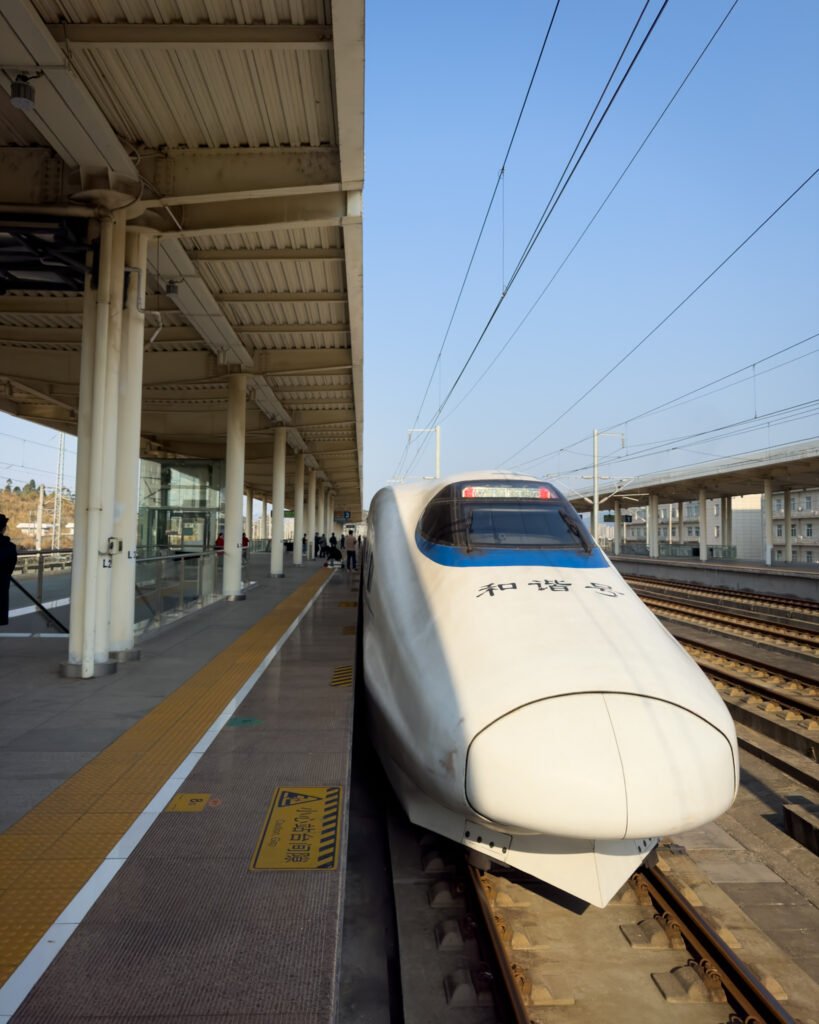

- High-speed trains are the best and most economical way to travel between cities on your China itinerary, but tickets sell out fast. Buy tickets in advance here.
- There are no physical tickets – everything is linked to your passport, which is used to enter and exit stations and boarding gates.
City Transportation
- The metro is the fastest and most economical way to get around major cities. Always use transportation cards within Alipay – it’s simpler and doesn’t require cash.
- Didi (Chinese Uber) is practical for longer trips. Use the mini-app within Alipay to avoid complications.
- Taxis rarely accept cash or foreign cards – another reason to have Alipay or WeChat Pay set up.
Crowds: How to Avoid Domestic Tourism


- China has millions of domestic tourists, so expect crowds at any famous attraction.
- Visit sites early in the morning or late afternoon to avoid confusion.
- At some places, group tours occupy practically all the space – plan your visit carefully for a more peaceful experience.
Culture and Etiquette
- Yes, you’ll see people smoking in prohibited areas, burping and spitting on the ground – it’s part of the culture and has been ingrained for centuries.
- The concept of queuing can be flexible. If you want to keep your place, stand firm.
- On public transport, it’s common to give up your seat to elderly people and children – follow the local example.
Drinking Water: What You Need to Know
- Tap water is not drinkable – always drink bottled water.
- In restaurants and cafés, the water used in food preparation is usually filtered and safe.
- Many hotels and accommodations provide free hot water – ideal for tea or instant noodles.
With these tips, your China itinerary will be much simpler and more peaceful. Prepare for a country where tradition and technology walk hand in hand, and where every day brings a new discovery.
FAQs
Do I need a visa to travel to China?
Currently, citizens of some countries, including Portugal, can visit China visa-free for a limited period. However, it’s essential to confirm the updated rules with the Chinese embassy or consulate before your trip.
How can I pay in China if I don’t have a Chinese bank account?
Alipay and WeChat Pay are the most practical payment methods for tourists. Just link an international credit card (preferably without conversion fees). Almost no one uses physical cash, and foreign cards may not be accepted in many places.
What’s internet access like in China?
China blocks services like Google, WhatsApp, Instagram and Facebook. The best solution to access these platforms is to use a data eSIM that works without VPNs, like Holafly’s.
Is it safe to travel in China?
Yes, China is one of the safest countries for tourists. Cities are full of surveillance cameras and the crime rate is low. However, as with any destination, it’s important to keep your belongings close and be aware of scams in very touristy areas.
What’s the best way to travel between cities?
High-speed trains are the most efficient option for covering long distances. It’s advisable to book tickets in advance as they sell out quickly. All reservations are linked to your passport, with no physical tickets needed.
Are trains in China easy to use for tourists?
Yes, but it’s important to plan ahead. Stations are huge and very busy, so arrive early. Also, announcements may be only in Mandarin, so using a translation app can be helpful.
Is English spoken in China?
English isn’t widely spoken, especially outside major cities. Google Translate and Papago are essential for communication. It may also help to learn some basic Mandarin words.
How to avoid crowds at tourist sites?
China has many domestic tourists, so popular attractions can get crowded. The best way to avoid crowds is to visit early in the morning or late afternoon. Less-known destinations like Xingping also offer a more peaceful experience.
Can I drink tap water in China?
No, tap water in China isn’t drinkable. Always drink bottled or filtered water. Many hotels and accommodations provide free hot water for tea and instant noodles.

